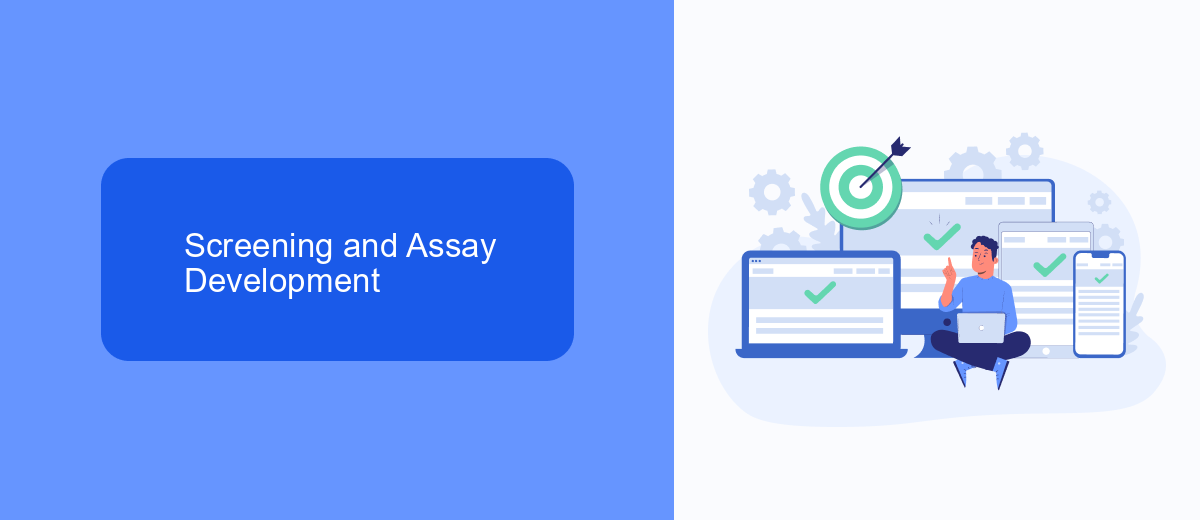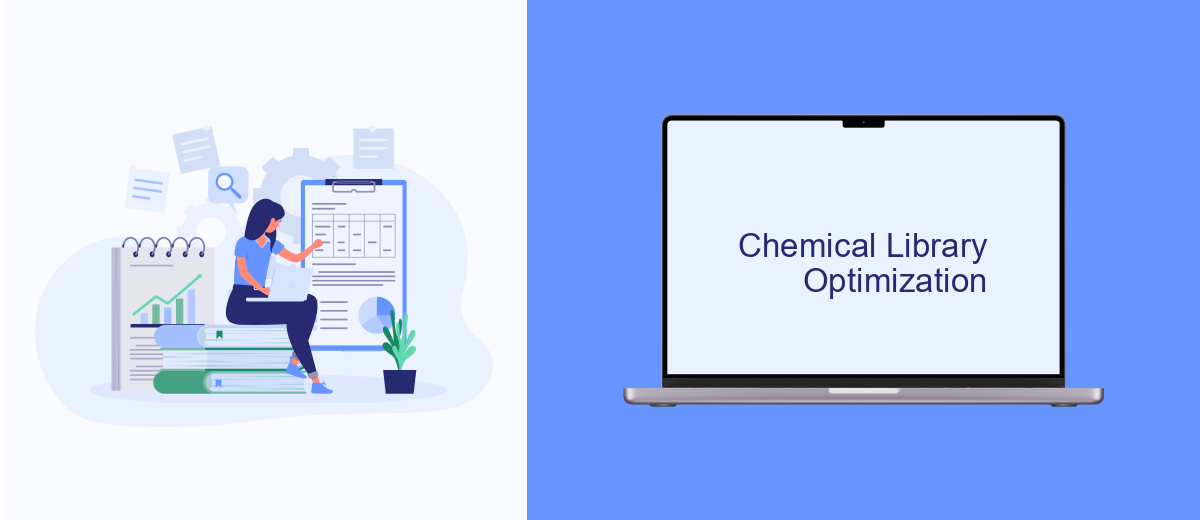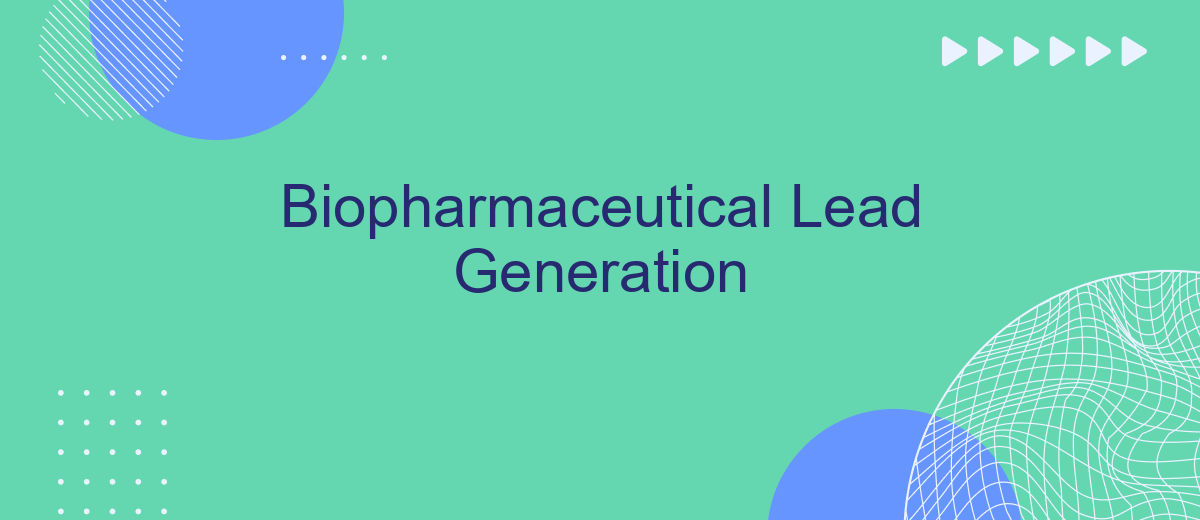Biopharmaceutical lead generation is a critical process in the development of innovative therapies and medical solutions. By identifying and nurturing high-potential leads, companies can accelerate drug discovery and bring life-saving treatments to market more efficiently. This article explores the strategies and technologies that drive successful lead generation in the biopharmaceutical industry, highlighting best practices and emerging trends.
Lead Generation Strategies
Effective lead generation strategies in the biopharmaceutical industry are crucial for identifying and nurturing potential clients. These strategies help companies streamline their sales processes and increase conversions by targeting the right audience and leveraging various tools and technologies.
- Content Marketing: Creating valuable content such as whitepapers, blogs, and case studies to attract and educate potential leads.
- Email Campaigns: Sending targeted email campaigns to nurture leads and keep them informed about new products and developments.
- Social Media Engagement: Utilizing platforms like LinkedIn and Twitter to connect with industry professionals and share relevant content.
- Webinars and Online Events: Hosting educational webinars and virtual events to engage with potential clients and showcase expertise.
- Lead Generation Tools: Using integrated tools like SaveMyLeads to automate and streamline the lead capture process from various sources.
Incorporating these strategies can significantly enhance the lead generation process in the biopharmaceutical sector. By utilizing tools like SaveMyLeads, companies can automate lead collection, ensuring that no potential client is missed and allowing the sales team to focus on converting leads into customers.
Screening and Assay Development

Screening and assay development are critical steps in the biopharmaceutical lead generation process. Screening involves the systematic testing of large libraries of compounds to identify potential candidates that exhibit desired biological activity. High-throughput screening (HTS) technologies allow researchers to quickly evaluate thousands of compounds, identifying those that may have therapeutic potential. Advanced robotic systems and automated workflows are often employed to enhance the efficiency and accuracy of these screenings.
Once potential leads are identified, assay development is undertaken to validate and further characterize these candidates. This involves designing and optimizing assays to measure the biological activity of the lead compounds in a reproducible and reliable manner. Integration of data from various sources is crucial at this stage, and services like SaveMyLeads can streamline this process by automating data collection and integration. This ensures that researchers have access to comprehensive and accurate datasets, facilitating informed decision-making and accelerating the lead optimization process.
Hit Identification and Validation

Hit identification and validation is a crucial phase in the biopharmaceutical lead generation process. This stage involves identifying potential drug candidates and validating their efficacy and safety for further development. The process combines various techniques and tools to ensure the accuracy and reliability of the identified hits.
- High-throughput screening (HTS) to rapidly test thousands of compounds.
- Computational methods to predict potential drug-target interactions.
- Biophysical techniques to confirm binding affinity and specificity.
- Cell-based assays to evaluate biological activity and toxicity.
- Integration of data from multiple sources to refine and validate hits.
Efficient integration of data is essential for successful hit validation. Tools like SaveMyLeads can streamline this process by automating data collection and integration from various platforms. This ensures that researchers have access to comprehensive and up-to-date information, facilitating more informed decision-making and accelerating the lead generation process.
Chemical Library Optimization

Chemical library optimization is a critical step in the biopharmaceutical lead generation process. This involves refining and expanding the chemical library to improve the chances of identifying potential lead compounds. By optimizing the chemical library, researchers can ensure a more efficient and targeted approach to drug discovery.
One effective strategy for chemical library optimization is to integrate computational tools and machine learning algorithms. These technologies can predict the biological activity of compounds, helping to prioritize which chemicals to synthesize and test. Additionally, incorporating data from previous experiments can guide the selection of new compounds to include in the library.
- Utilize cheminformatics software to analyze chemical structures
- Incorporate machine learning models to predict compound efficacy
- Leverage high-throughput screening data for informed decision-making
- Regularly update the library with novel compounds
Moreover, services like SaveMyLeads can streamline the integration of data from various sources, ensuring that researchers have access to the most up-to-date information. By automating data collection and integration, SaveMyLeads enhances the efficiency of the chemical library optimization process, ultimately accelerating the discovery of new biopharmaceutical leads.
Target Identification and Validation
Target identification and validation are crucial steps in the biopharmaceutical lead generation process. Initially, potential targets are identified through various methods such as genomic studies, literature reviews, and bioinformatics analyses. These targets, often genes or proteins, are then evaluated for their relevance to the disease in question. High-throughput screening and computational models are commonly employed to narrow down the list of potential targets to those most likely to yield effective therapeutic interventions.
Once potential targets are identified, the validation process begins. This involves rigorous laboratory testing and in vivo studies to confirm the target's role in the disease pathway. Technologies like CRISPR and RNA interference are frequently used to manipulate the target and observe the resulting effects. Additionally, integration services like SaveMyLeads can streamline the data collection and analysis process, ensuring that all relevant information is efficiently gathered and utilized. This comprehensive approach ensures that only the most promising targets proceed to the next stages of drug development.
FAQ
What is biopharmaceutical lead generation?
Why is lead generation important in the biopharmaceutical industry?
What are some effective strategies for biopharmaceutical lead generation?
How can automation improve lead generation in the biopharmaceutical sector?
What metrics should be tracked to measure the success of lead generation efforts?
You probably know that the speed of leads processing directly affects the conversion and customer loyalty. Do you want to receive real-time information about new orders from Facebook and Instagram in order to respond to them as quickly as possible? Use the SaveMyLeads online connector. Link your Facebook advertising account to the messenger so that employees receive notifications about new leads. Create an integration with the SMS service so that a welcome message is sent to each new customer. Adding leads to a CRM system, contacts to mailing lists, tasks to project management programs – all this and much more can be automated using SaveMyLeads. Set up integrations, get rid of routine operations and focus on the really important tasks.
